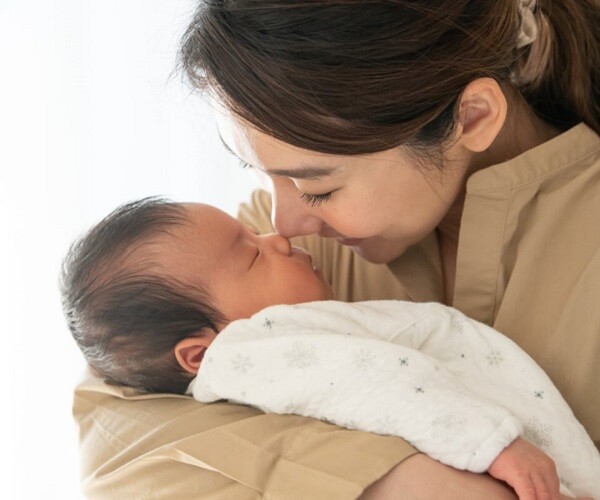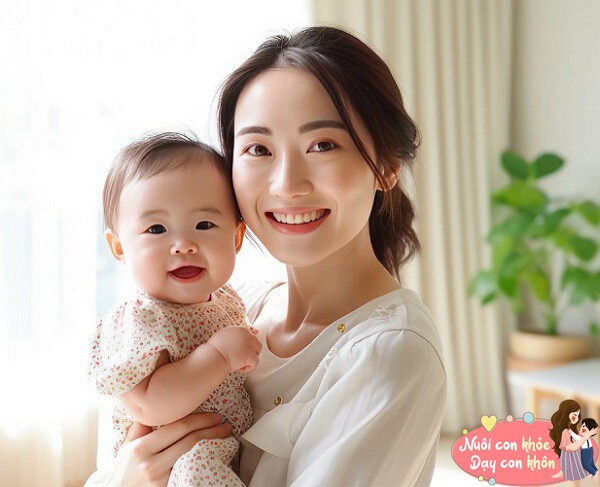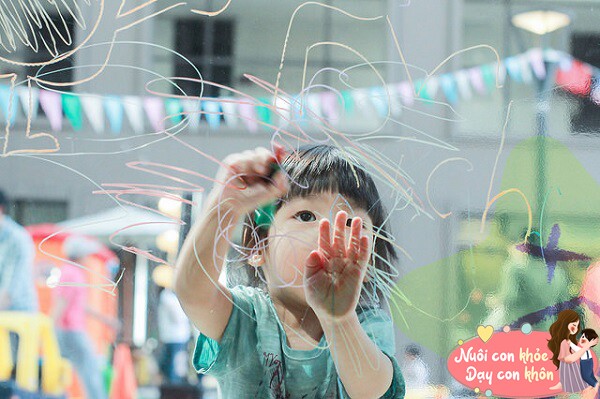A mother’s realization about her daughter’s changing dynamics made her reminisce about a scene from four years ago when her daughter clung to her on the first day of preschool, sobbing, “Mommy, don’t leave.”
It turns out that the ranking of family members in a child’s heart is never static. The once-assumed “first places” can quietly shift during their growth. This reflects the evolving psychology and the dynamic relationship between children and adults.


The “Clingy” Stage from Ages 0 to 6: Caregivers Are Their World
At this stage, “whoever feeds the baby is the mother.” Anyone who changes diapers, soothes them to sleep, wipes their tears, and especially sleeps with them at night becomes the center of their universe.
The child’s parietal lobe is not yet fully developed. When entering a new environment, they will cling to their primary caregiver.
This stage entirely follows the survival rule, “whoever cares for the child the most wins.” Grandparents, if they are the primary caregivers, will have an absolute advantage during this period.

Image Source: Pinterest.
For example, after a child’s birth, if the mother is the primary caregiver, with grandparents occasionally helping out or playing with the child, and the father sporadically returning to hug the child like a traveling nomad, the family members’ ranking in the child’s mind might look like this:
Mother > Grandparents > Father > Pet/Stuffed Animal (personified)
Young children understand the world through their parents’ emotional responses. Only appropriate reactions and quality companionship will help parents forge a closer psychological bond with their child.
In reality, if parents focus on playing with their child for more than 10 minutes, about three times a day, they can establish a secure attachment.
The sense of security that parents provide will directly determine whether their child dares to explore the outside world in the future.

Children will cling to their primary caregiver in unfamiliar environments.

The Admiration Stage from Ages 7 to 12: If Parents Make Their Child Proud, They Rank First
fMRI research has discovered that the social networks in children’s brains (such as the temporal-parietal junction) around the age of 10 enter a rapid development phase. Children start using social norms to evaluate their parents’ behavior. They will compare whose mother can do crafts or whose father can tutor for math olympiads.
Anyone who can help with homework and maintain a respectable image during parent-teacher conferences will be ranked first.
Children begin to understand that love is not just about kisses and hugs but also about being “useful”:
Academic Counselor > Life Mentor > Playmate.

If parents make their child proud, they will be ranked first.
Experts advise that instead of feeling envious about this, parents should prepare a “family trick book.” In this book, the father can be in charge of sports and games, the mother can take responsibility for emotional comfort, and older family members can impart useful advice.
When a child says, “I don’t understand,” instead of scolding them, say, “Why don’t we look up some information together?” What the child needs is not the right answer but the feeling of being respected.

The Rebellious Stage from Ages 13 to 18: Best Friends Are True Siblings
Children’s need for autonomy surges, but the development of their limbic system (the brain’s emotional center) and prefrontal cortex (the brain’s executive function) is asynchronous, leading to a “dependence-resistance” tug-of-war in the parent-child relationship.
While children’s instinct is to resist experiences imposed by their parents, they eagerly seek recognition from their peers.
The brains of teenage boys and girls are like a rollercoaster, with emotions fluctuating between “needing friends” and “not liking friends.”
Similar to a wireless connection, we think it’s disconnected daily, but in reality, it’s always silently seeking a signal. The ranking of family members is like the stock market – it usually seems indifferent, but in cases of bullying or heartbreak, it can surge.
Children at this stage have been likened to cats by experts. The more parents try to get close, the more children run away. But if parents focus on their work, children will nonchalantly approach them, and thus, the order is maintained.

Children eagerly seek recognition from their peers.
Crisis Situation: Parents > Friends.
Daily Situation: Friends > Parents > Other Family Members.
Therefore, to enhance the bond with children at this stage, parents should create a safe space where children feel comfortable sharing their joys and sorrows.
Instead of forcing children into specific molds, encourage them to express themselves freely while providing a supportive and protective family environment. This fosters loving connections, strengthens family ties, and boosts children’s confidence as they step into society.



































